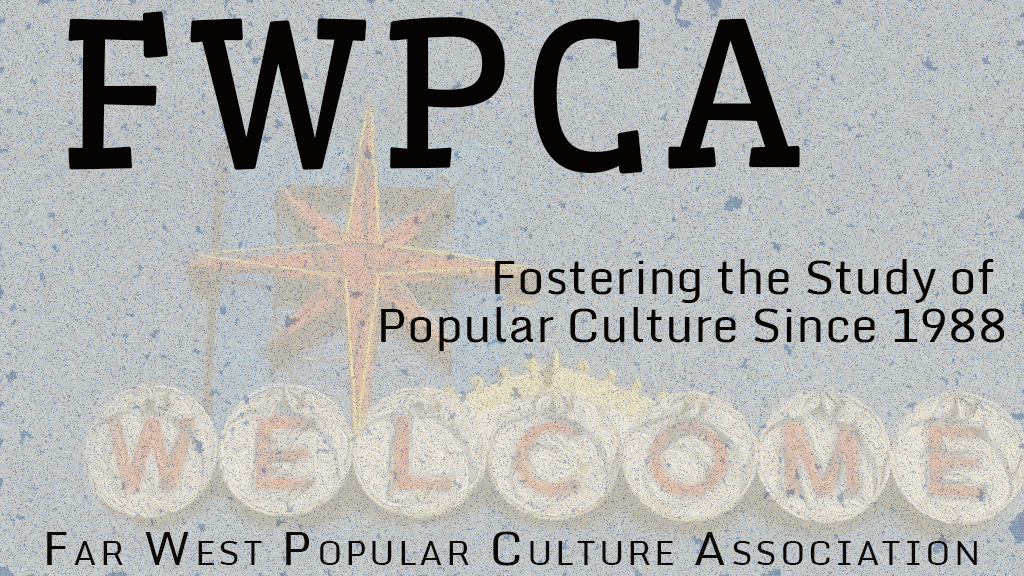Windshield tourism, popular culture and the architecture of (auto)mobility: Las Vegas in VR and 360 drive videos
Presentation Type
Paper
Abstract
Although Hollywood’s fascination with Las Vegas goes back to the 1940s, there are no accounts on how the Sin City links to the recent proliferation of scenic drive videos and windshield tourism that stems from filming urban locations. To fill this gap, I discuss how virtual windshield tourism in three distinct VR and 360 videos affects YouTube users’ experience of Las Vegas and their perception of American popular culture under the post-digital conditions. Ever since the then controversial publication of Learning from Las Vegas (1972), which provocatively brought the vulgar gaze into view and privileged the Strip commercial vernacular architecture seen through the car’s windshield, the Las Vegas cityscape has become more orientated to the low in film and media. Similarly, the examined authorless VR drive videos strongly articulate YouTube’s popular, amateur and participatory culture, lack much aesthetic value and continue the long-established tradition of road and auto-tourism, turning on-site visitors into virtual tourists. With the windshield acting as the central framing device, users’ response to Las Vegas is informed by the aesthetics of American popular culture and mediated through voyeurism and the conflict between the virtual and the real, which celebrates the quotidian and ways of direct seeing. While Hollywood presents Las Vegas as an embodiment of the American dream, VR videos render it a more desolate, ephemeral and disembodied environment, in which dwellers and dwellings engage with banal, shallow, de-humanized and distracting objects, buildings and advertisements and individual affects merge with macro ideological, political, economic and commercial pressures.
Keywords
new media, 360 VR video, Las Vegas, popular culture, windshield tourism, automobility
COinS
Windshield tourism, popular culture and the architecture of (auto)mobility: Las Vegas in VR and 360 drive videos
Although Hollywood’s fascination with Las Vegas goes back to the 1940s, there are no accounts on how the Sin City links to the recent proliferation of scenic drive videos and windshield tourism that stems from filming urban locations. To fill this gap, I discuss how virtual windshield tourism in three distinct VR and 360 videos affects YouTube users’ experience of Las Vegas and their perception of American popular culture under the post-digital conditions. Ever since the then controversial publication of Learning from Las Vegas (1972), which provocatively brought the vulgar gaze into view and privileged the Strip commercial vernacular architecture seen through the car’s windshield, the Las Vegas cityscape has become more orientated to the low in film and media. Similarly, the examined authorless VR drive videos strongly articulate YouTube’s popular, amateur and participatory culture, lack much aesthetic value and continue the long-established tradition of road and auto-tourism, turning on-site visitors into virtual tourists. With the windshield acting as the central framing device, users’ response to Las Vegas is informed by the aesthetics of American popular culture and mediated through voyeurism and the conflict between the virtual and the real, which celebrates the quotidian and ways of direct seeing. While Hollywood presents Las Vegas as an embodiment of the American dream, VR videos render it a more desolate, ephemeral and disembodied environment, in which dwellers and dwellings engage with banal, shallow, de-humanized and distracting objects, buildings and advertisements and individual affects merge with macro ideological, political, economic and commercial pressures.


